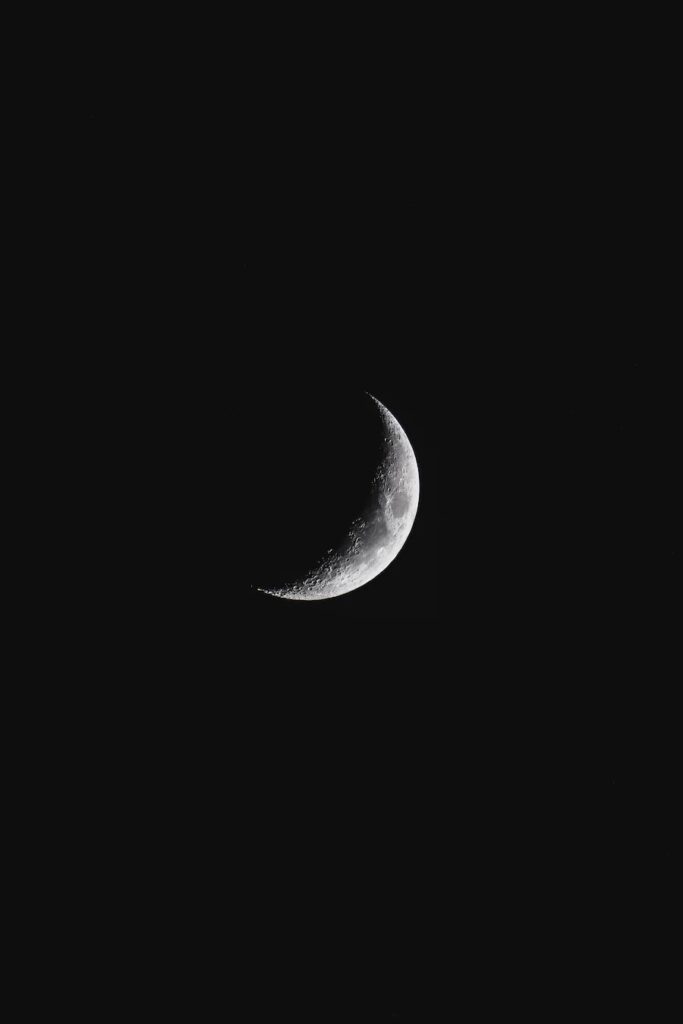Brave New World by Aldous Huxley
1984 by George Orwell
The Space Merchants by Frederic Pohl and C M Kornbluth
Childhood’s End by Arthur C Clarke
Shikasta by Doris Lessing
Quantum Physics for Dummies by Andrew Zimmerman Jones
The Constitution of The United States of America
Each of these titles has something to offer in terms of what is happening on the world stage. To me, the first three seem especially prophetic.
Then we enter the wonderful world of sci-fi. The late Dame Doris Lessing says that sci-fi writers are to literature as illegitimate children are to families.
And I put Quantum physics for Dummies in there because I tried to read it when we did Copenhagen ⎯ Chris Oden, Beth Dimon and I ⎯ I struggled through about 4 pages ⎯ but I did get the incredible insight that a particle can also be a wave, and that has been a comfort ever since.
The Constitution is something I’ve dipped into, and am now resolved to read it properly before it’s too late.
And to these literary offerings I now add my own long form blog at Substack
As posted elsewhere, I’ve been following Richard Hester’s excellent “Posts from the Upper West Side” for quite some time ⎯ this actor blog doesn’t seem quite the right venue for actor/astrologer narrative, but I think Substack could be. Rather than re-post my first entry here ⎯ well, just click the link if you are interested!

